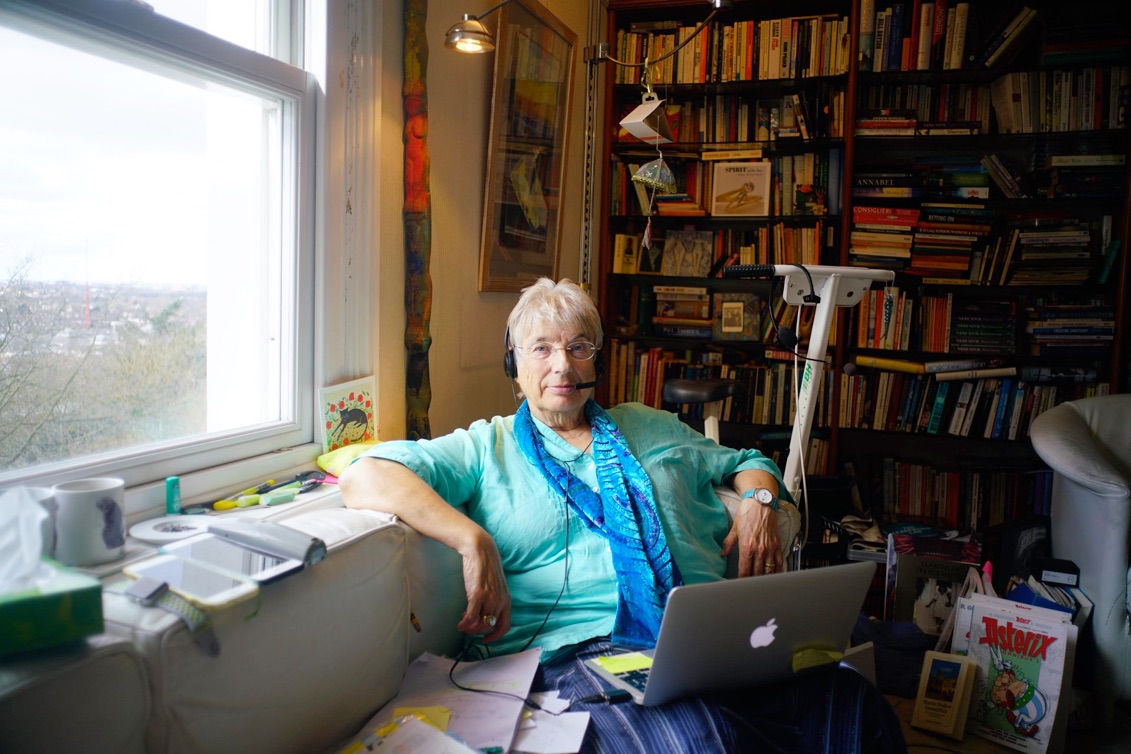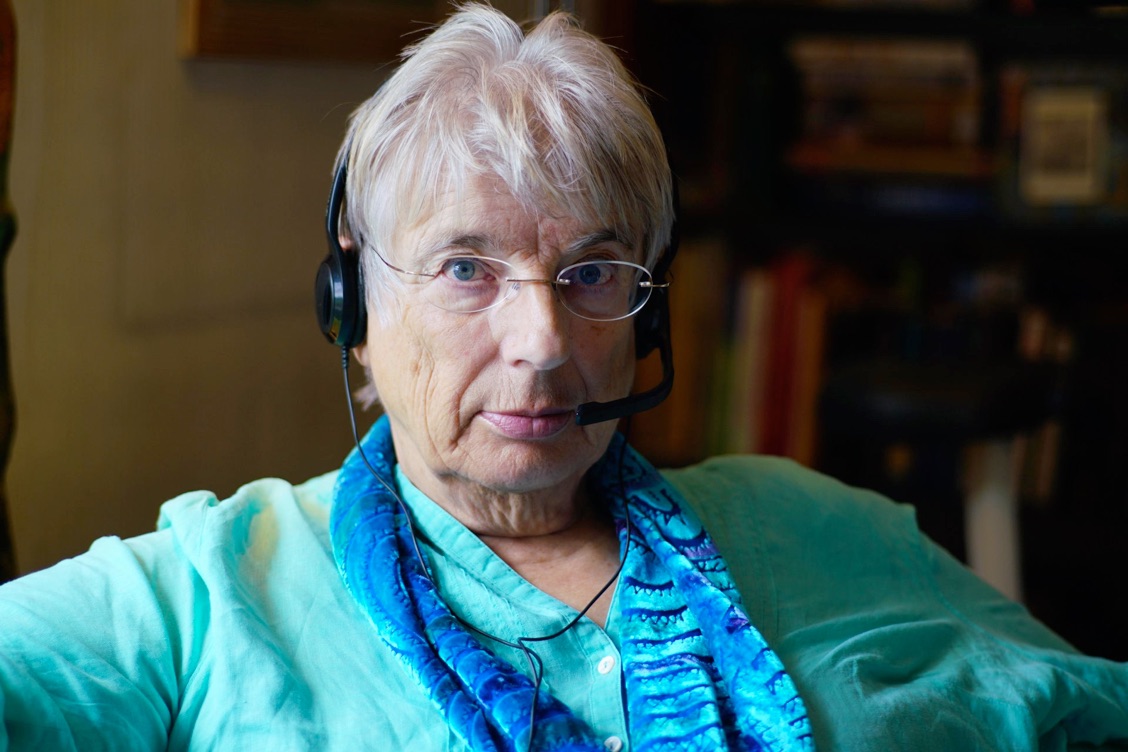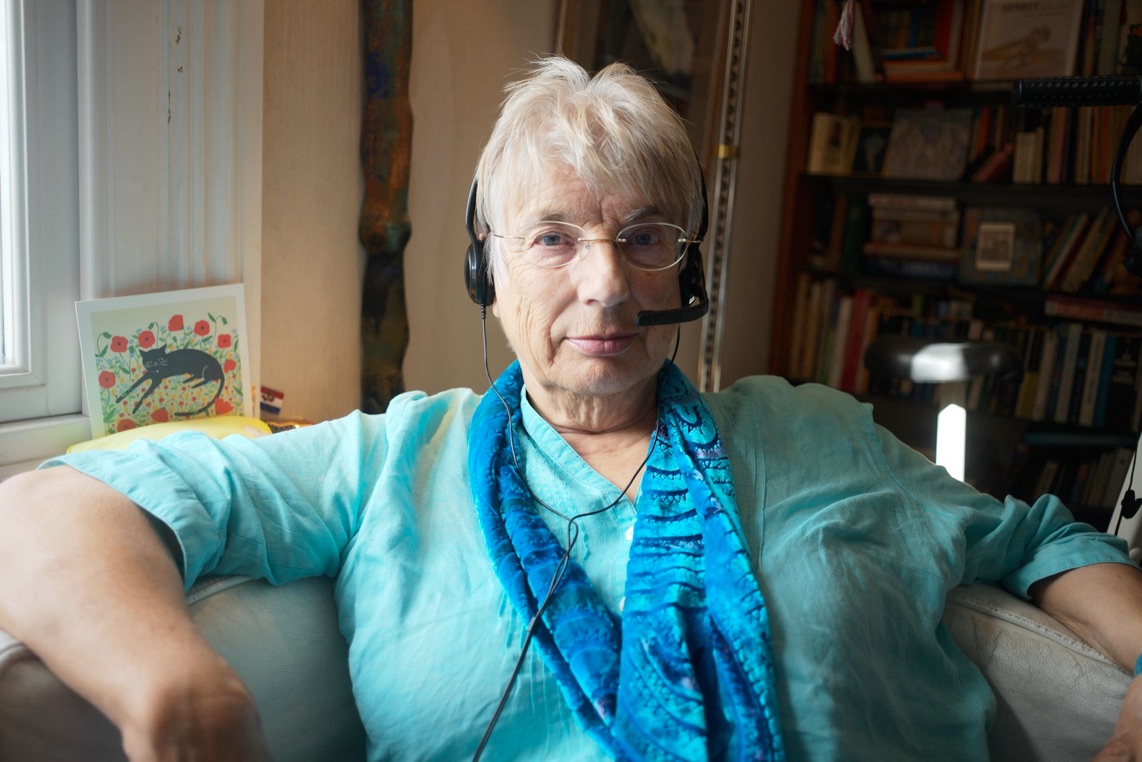Cropped from 28mm - like a Q2


Picture A The Leica Q2 has a 28mm f1.7 lens, and it takes 47 megapixel photos. I don’t have a Q2 here ..so I’m making the best approximations that I can.
The nearest which I have to match it is a made-to-fit-Leica Minolta 28mm f2.8 - created for Minolta’s 1980 update of the original Leica CL; the Minolta CLE.
So this is a jpeg (above), shot with the Minolta 28mm lens at f2.8 on a 42 megapixel Sony A7RMkII, as near as I can match the Leica 28mm f1.7 on the 47 megapixel Leica Q2.
(The Q2 has autofocus, so I used this Minolta manual-focus 28mm lens on the Sony A7RII with a Techart adaptor ..which provides autofocus for manual-focus Leica lenses on the A7RMkII!)
This is a 42 megapixel photo. (If it were taken on the Q2, it would be a 47 megapixel photo.)
end of this page

Picture B This is a 90mm photo taken from the same spot as that 28mm photo above.
My 75mm lens is away, being repaired, so this was taken with my nearest approximation: a 1984 Leica 90mm f2.8 lens, on the Sony A7RMkII.
(Leicas have traditionally provided 28mm, 35mm, 50mm, 75mm, 90mm and 135mm focal lengths, or points of view. But note that the Q2 doesn’t offer frame lines, or the opportunity to crop in-camera, for the equivalent of a 90mm view. If the Q2 DID offer that, it’d provide a cropped picture of roughly 4.6 megapixels.) This picture above, taken with the A7RMkII, is 42 megapixels.
Note that as this was taken with a 90mm lens - and it’s not simply a crop from a 28mm lens - it has the out-of-focus background blur of a 90mm lens, and so the books in the background are blurred away.
Picture C THIS PICTURE is a 90mm ‘crop’ of the original 28mm photo at the top of this page. It’s equivalent to what you’d get if you took a 90mm crop from the Q2’s 28mm overall frame, which results in roughly a 4.6 megapixel extract from it. (Because the original picture was shot with a 42 megapixel A7RMkII, this is just a 4 megapixel crop.) Notice that - unlike Picture B - as it’s a crop from the original 28mm photo at the top of the page, it doesn’t have the background blur or ‘bokeh’ of a 90mm lens - which the picture immediately above does have - but has the background sharpness of the 28mm lens.
£4,250 seems a lot to pay for a camera which provides only a 4.6 megapixel photo when used at 90mm equivalent, and - at its 90mm equivalent - delivers only the bokeh of a 28mm lens. (Especially when the £150 pocket-sized Sony WX350 delivers 18 megapixels at 90mm equivalent ..and 18mpxl at every equivalent focal length from 25mm to 500mm.) At 90mm equivalent with the Q2, however, you get only one tenth of the pixels for which you paid £4,250 (or about €4,921, or US$5,533).

These pictures above - straight out-of-camera jpegs taken with Leica ..and Leica-fit Minolta.. lenses on the 42 megapixel Sony A7RMkII - give an approximation of what you’d get with the Q2.
I then put those same lenses on Leica’s own 24 megapixel M10-P, and here are those results below:

Picture D (above) Similar 28mm photo as at the top of the page, but shot with the Minolta 28mm f2.8 on the 24 megapixel Leica M10-P.
Picture E ..and here’s the same shot but taken with the Leica 90mm f2.8 on the M10-P. (This is, of course, a ‘full-frame’ 24 megapixel photo, and with the bokeh of the 90mm f2.8 lens.)


Picture F This is a 90mm crop from the 28mm photo (Picture D, above) taken with the 24 megapixel Leica M10-P. Because it’s about a 10x crop from the original photo, it has the lesser background blur of the original 28mm lens, instead of the greater background blur (immediately above it) of the 90mm lens. This is about a 2 megapixel crop from 24 megapixels. But even though it’s only about 2 megapixels (!) it still looks clear and sharp enough on the computer screen - because that 40-year-old 28mm lens is clear and sharp, and is properly focused. (These are all straight-out-of-camera jpegs with no additional sharpening, resizing nor adjustment of any kind.) Also, most computer screens are capable of showing only about 1920 x 1080 pixels, which equals 2 megapixels. Mac ‘4k Retina’ screens show a maximum of 4096 x 2304 pixels, which equals about 9 megapixels. Mac ‘5k Retina’ displays show 5120 x 2880 pixels, which equals a maximum of about 14 megapixels.
This means that you’re not able to display the full 47 megapixels of data from a Leica Q2 on any current computer monitor (..nor any printer, unless you print about 116 inches, or nine-and-a-half-feet, wide ..) and the most that you can hope to display on a top-of-the-range ‘5k’ monitor is only about 14 megapixels ..so never the full resolution of any 20 megapixel camera, for example! The huge number of 47 megapixels in the Q2 is mainly just for “throwing pixels away”!
Let’s now try a close-up shot taken with the original 28mm lens:

Picture G The trouble is that the Minolta 28mm f2.8 focuses - like most Leica-fit lenses - to about 0.7 of a metre, or 2.5 feet. So it hasn’t been able to deliver an exact replica of the photos taken with the 90mm lens, because - getting up close to fill the frame just as the 90mm lens fills it from a distance - the 28mm lens can’t be focused close enough! ..Hence it’s blurry and out of focus.
It’s tricky, too, to focus accurately at this close distance with either the rangefinder window of the M10-P, or the M10-P’s rear ‘Live View’ screen, so I swapped to using the slip-on electronic ‘Visoflex’ finder on the M10-P, and then stepped back a bit - see photo below - until the picture was at its sharpest focus ..approximating, near enough, the photos taken with the 90mm lens:

Picture H So THIS picture (above) was taken with the 28mm lens, close up, as close as it would focus, going right up to the person, using the M10-P - at 24 megapixels - and with, of course, the background bokeh of the 28mm lens. Notice how much farther away the background books appear, because the perspective has changed by moving CLOSER to the person than the distance at which the original wide 28mm photos were shot. Notice how big and fat that arm looks compared with the original photos, because the lens is now physically much closer to the arm than in the original ‘wide’ shots, and in the 90mm shots. Nevertheless, this, too, is a 24 megapixel photo, instead of 4.6 megapixels, as it uses the full frame of the M10-P, not just a crop from it. But it looks distorted and rather unappealing when compared with the 90mm photos or 90mm crops, as this photo shows a much smaller head, but a much bigger arm. The woman is also separated much more from her background - the books are smaller and more distant - because the camera and lens have been moved so much closer to her than in the original 28mm and 90mm shots, and so the distance from the lens to the books is now far greater than the distance from the lens to her face, and so the books look correspondingly smaller and farther back.
It’s a less involving and appealing photo than the ones which were taken with the 90mm, or cropped to 90mm mode from the original wide 28mm shots ..because there’s “too much to look at” - the tall, leaning steel frame of the lamp just behind her, the picture on the wall, the distant books and little picture frame, and the white highlight of the exercise bike, and also the painted cat tile on the window sill at the left.
That’s why a 90mm is more often used for portraits, and not - often - a 28mm. A 90mm lets you concentrate on the eyes, and doesn’t normally show so much background clutter, and it’ll blur away clutter anyway (..just look at Picture E for comparison).
So, in summary: you’d pay £4,250 for the 47 megapixels (which you can never ever see on a computer screen) - and for the great stabilised autofocus wide-aperture 28mm lens - of the Q2, but as soon as you start to crop in from 28mm you’re immediately throwing away many of the megapixels you’ve paid for.
Let’s say you crop a 28mm photo to look as if it’s two times closer ..as a 56mm photo would look. So you’re then using half the width of the original 8368 pixels, and half the height of the original 5584 pixels, giving you - using half the width and half the height - only one quarter of the original pixels: 4184 x 2792 = 11.7 pixels ..that’s one quarter of 47 megapixels.
So, like using a single-lens mobile phone, using the Q2 and doubling the apparent nearness of what you’re shooting, by cropping 2x closer, you’ve thrown away three quarters of your resolution!
You’ve paid £4,250, and - taking a 56mm photo - you’ve effectively thrown away £3,187..!
Using a 90mm crop - as in the photos above - you’ve effectively thrown away nine-tenths of your Q2 resolution, ending up with about 4.6 megapixels of the original 47 megapixels which you paid for.
Who in their right mind pays £4,250 for a 4.6 or 7 megapixel camera? ..And who buys a camera to throw away 9/10ths of its resolution? ..when you can buy so many other ‘compact’ cameras which provide, say, a 24mm or 25mm to 90mm (or more) equivalent field of view, with no loss of resolution, and maintaining their full resolution all the way through the whole range?
The Q2 is 20% to 30% bigger than the small, walkaround ever-ready Sony RX100MkV camera, weighs about 2.5 times more than the Sony, and costs about 5x the price.
(See https://camerasize.com/compare/#820,622 )
The Q2 has a fixed autofocus 28mm f1.7 lens, and the little Sony has a slightly wider-angle f1.8 (at 24mm) to f2.8 (at 70mm) 24-70mm equivalent lens, with a CONSTANT 20 mpxl output at all focal lengths.
The Q2 has a ‘full-frame’ sensor, but its 47 megapixels are instantly diminished if ever you switch to any longer-than-28mm focal length ‘crop’.
The RX100MkV has a physically smaller ‘one inch’ sensor, but with a constant 20 megapixel output at every focal length.
Normal sensitivity of the RX100MkV is ISO 125 to ISO 12,800. Normal sensitivity of the Q2 is ISO 50 to ISO 25,000 ..so about twice as sensitive as the Sony in low light.
Both have an electronic viewfinder: 1280 x 960 for the Q2, which Leica says “in three colours” equals 3.7 megapixels. The Sony’s provides 2.4 megapixels of retractable viewfinder.
Closest focus of the Sony is 5 centimetres at widest (24mm equivalent) changing to 30 cms closest at its tele setting (70mm equivalent).
Closest focus of the Q2 is always 30 centimetres, except when using its macro setting, which is 17 cms.
The Sony focuses CLOSER and also focuses WIDER - to include more people in, say, a room indoors - than the Q2 can manage.
The Q2 is, in effect, a fixed-lens ‘digital zoom’ snapshot camera, which has 47 megapixels in order for them to be thrown away whenever you choose a longer ‘focal length’ ..actually a crop.. than 28mm.
Why not buy a cheaper camera, which doesn’t have 47 megapixels, but which does deliver its full resolution at every real focal length which you choose?
Makes more sense to me.